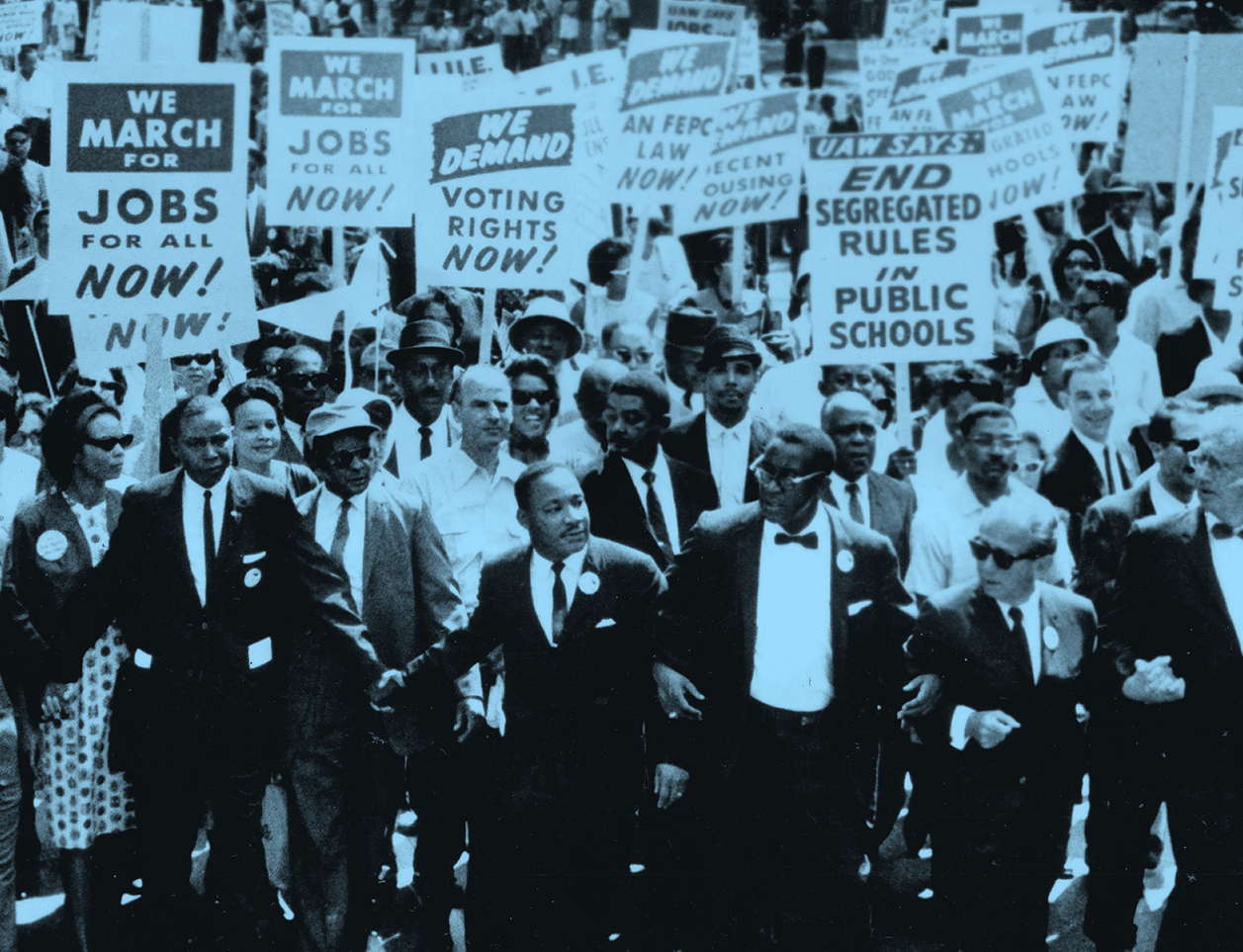Tomorrow’s bosses won’t be allergic to human connection. Instead, they see openness and trust as the keys to growth and success.
By Edgar H. Schein and Peter A. Schein
When you think about great leaders, what archetypes come to mind?
Maybe you conjure up images of the tech visionary, the super salesman, the genius number cruncher, the serial entrepreneur, or the brilliant conflict manager. These ideals play into the assumption that unique personal skills and talents distinguish the best leaders from the rest. Whether these talents derive from nature or nurture, the heroic traits of the legendary leader are personal qualities.
We see things a little differently. We see a VUCA future—volatile, uncertain, complex, and ambiguous—where the personal traits of the leader may not deliver great leadership. More than the unique individual characteristics, it’s advanced interpersonal and group skills that leaders will need to create, leverage, and catalyze progress through the multiple groups they live in and live by.
Sign up for the monthly TalentQ Newsletter, an essential roundup of news and insights that will help you make critical talent decisions.
In the future, the lone hero, endowed with the skills to command and control, won’t just be lonely at the tophe may also be useless. Blame his reluctance to depend on others who supply needed information and challenge his authority with new and better ideas.
The individual leader archetype may live on, but only in our fuzzy memories of the 20th century.
A New Leadership Model: Humble Leadership
Our new vision for developing great leaders shifts the focus from the leader to the process. In humble leadership, it’s as much about the followers as it is about the leader, and as much about the culture of the group that creates leadership as the individuals who create culture.
“Humble” doesn’t necessarily mean selfless or spiritual humility. The word simply implies accepting reliance on others for critical information and the help needed to act on that information. After all, leadership is a relationship.
Relational leaders develop strong bonds with other catalysts in their organizations such that leadership flows down, across, and up. A humble leader works anywhere in an organization, propelled by an impulse to do something new and better, and followed by those who share a commitment to mutual openness and trust.
This new leadership model builds on the levels of relationships first described in Humble Consulting and our fifth edition of Organizational Culture and Leadership. In personal and work lives, we’re socialized with assumptions and conventions about how people should relate to one another. If we can anticipate how someone will react to our interactions, we have a relationship. But it varies along this continuum:
Level Minus 1: This type of relationship is about dominance or exploitation, where the person in charge has the power to command the behavior of the dominated.
Level 1: This connection is based on accepted roles and interactions (transactions) between these roles. A sales associate and a retail customer typically have a Level 1 relationship. Generally, neither party wants to harm the other, but both parties may be motivated to get the best deal or win the negotiation (transaction).
The culture of management is primarily a Level 1 culture based on the assumption that there should be social and professional distance between managers and their direct reports. We’ve seen over and over how those transactional relationships don’t provide psychological safety for the direct reports, leading to low levels of trust, openness, and engagement.
Level 2: The leaders of the future dealing with complex, interdependent problems will need to evolve their Level 2 relationships through the process of “personization”—seeing their direct reports and colleagues as whole people, creating psychological safety for them, and building professional relationships around deeper levels of openness and trust.
Level 3: When our personal relationships become more intimate, even at work, and our interactions move beyond openness and trust to love and caring, we’re describing a Level 3 relationship.
While a Level 3 relationship is usually deemed inappropriate in the workplace, a degree of intimacy that is stronger than Level 2 may be most effective in high-stress situations that require high levels of extrasensory coordination. (Think: Navy SEAL teams or a jazz quartet.) In any case, we believe the most effective teams at work have established Level 2 trust and openness, leaving behind professional distance and thriving on psychological safety.
Leading in the future will demand high levels of trust and openness in the work group, which may not exist in the traditional Level 1 managerial culture in which individuals are incentivized to compete as they climb the corporate ladder. Humble leadership requires Level 2 relationships based on the members of the organization or work group knowing one another as whole people.
What Humble Leadership Means for Talent Management
Leadership development is and will remain an existential challenge for organizations of most sizes. How can a company find the best leaders to build the leadership bench so that when things happen and change is needed, the right people are there to step in as well as step up?
Organizations have a variety of strategies at their disposal, such as tapping more complete profiling methods and using comprehensive, and even predictive, analytics to sort out who will best filla new need.
While profiling tools like the MyersBriggs Type Indicator (MBTI) can be very helpful, can they give a complete view of how well prospective leaders perform in groups? An aggressive, talented visionary with the best strengths profile may conform well to an ideal of the next heroic leader, but if that individual hasn’t shown the ability or inclination to build the trust and openness that his or her team members need, does any of that unique talent actually matter?
Our humble leadership model takes a different approach to talent development, where the starting point is the performance of the team rather than predicting the leadership fit of individuals. We aren’t suggesting that the leadership development process be upended—just that the degree of difficulty be lowered.
Wouldn’t observing teams and finding great team members be a better first step to discovering great leaders? Might it make as much sense to assess a leader’s potential based on their training in group dynamics—like their experience in “T-groups,” for example—than on their scores on personality assessments? We think it may be easier and more relevant to find leaders at any level who have figured out how to make teams thrive by creating and maintaining high levels of openness and trust.
Take the pressure off finding that unique individual leader for your company and spend more time observing how your successful teams form, norm, storm, and perform. When you see effective performance in your company’s successful teams, it may become clear who will emerge as leaders based on their group sense-making ability, as well as their humility to accept new and better ideas that emerge from an open and trusting group process.
The most difficult part of this challenge may be the need to train employees and managers in group dynamics. Leaders usually fail either because they have inappropriate ideas for what to do, or because they can’t get followers to implement their proposals.

Bad ideas often result from insufficient or wrong information—blame direct reports or peers choosing not to reveal what they knew—while an inability to execute ideas results from employees not trusting their leaders, understanding what’s required of them, or feeling psychologically safe to speak up.
These are failures of group management, not leadership. We see managers touting teamwork, but failing to redesign their own incentives and reward systems that effectively undermine cooperation, openness, and trust.
Humble leadership rewards organizations and teams that function at Level 2 and allows for psychological safety for all members of the groups that contribute to success. Under this model, you’ll have to train groups to work effectively, build those Level 2 relationships through personization, and reinforce and facilitate the development of humble leaders.
It’ll take some work—and boldness—but the payoff could be monumental. Sound like a future you want to create?
Edgar H. Schein is the society of Sloan Fellows Professor of Management Emeritus and a Professor Emeritus at the MIT Sloan School of Management. A founding father of the concept of corporate culture, Schein also investigates process consultation, research process, career dynamics, and organization learning and change. He is the coauthor of Humble Leadership.
Peter A. Schein is a strategy consultant in Silicon Valley. He provides help to startups and expansion-phase technology companies, and is a veteran of Apple, Pacific Bell, and Sun Microsystems. He is the coauthor of Humble Leadership.


